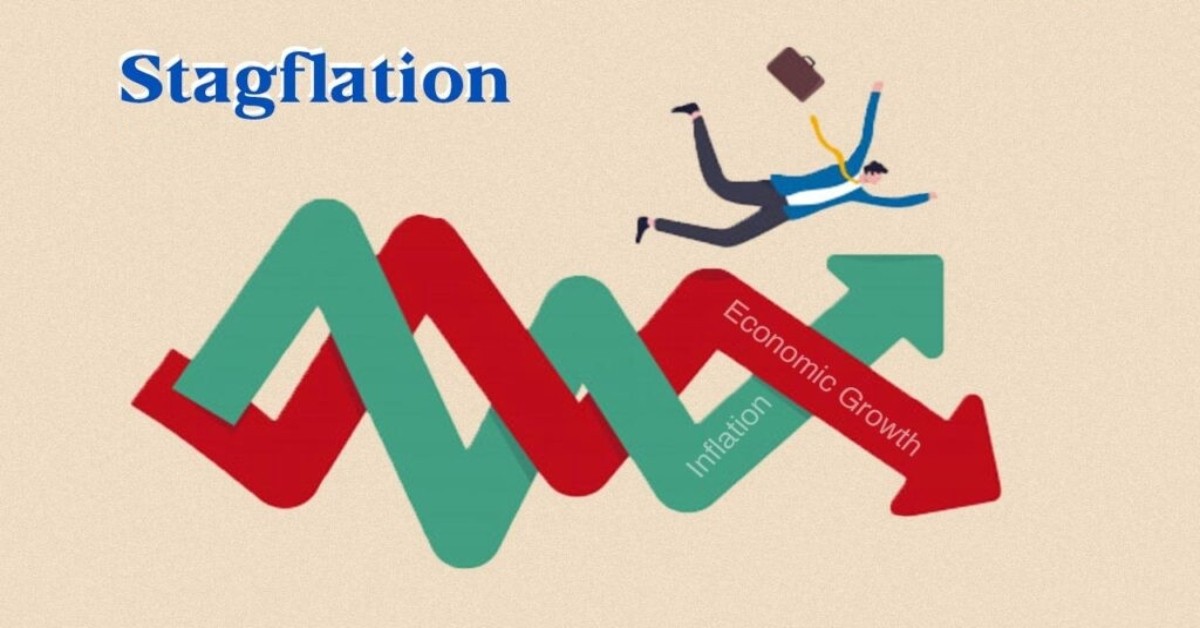Concerns and FOMC meeting at the beginning of November!
This week on Friday, investors will focus on US GDP, PCE, and personal consumption expenditures to further measure the current state of the country’s economy and inflation. These data will be in the spotlight before FOMC monetary policy meeting next week, November 2-3.
What we expect for personal income is to decrease 1.0% in September as unemployment benefits payments expired on September six. Besides that but asset purchases by FED will be less in the next months and it will also affect the income to move lower.
On the other hand and for spending, we look for a 0.3% monthly rise in September. Both Retails Sales and Service PMI have raised in past weeks, which can confirm the increase of spending level, especially with increasing prices, the higher price will bring the higher spending levels as well. We expect higher prices also can be responsible for the gain in spending levels in September and forecast the real PCE deflator increase 0.4%, which would make the real personal spending decline by 0.1%.
These numbers can tell us that inflation is still should be the main concern. Last week, the breakeven inflation rate, a measure of the market’s inflation expectations for the next five years in the United States, rose above 3% for the first time since recording the data. As of September, the US consumer price index CPI has exceeded the 5% for the fifth consecutive month, and increased by 5.4% annually, which is the highest level since the 2008 crisis. A series of factors such as strong demand growth, supply chain bottlenecks, rising raw material prices, and labor shortages with a sharp increase the energy prices, have all contributed to inflation. Even though if in September spending is increasing, in long run, higher inflation is eroding people's spending power. Sub-data shows that in response to the oil price increase, the prices of daily foods such as meat, fish, eggs, and poultry have also risen by 10.5%.
Data and some other research results show that there are still too many reasons for higher and increasing prices, and inflation can be much higher than the 2% average level in the past 20 years. As mentioned in September, the US CPI increase in annual scale, hit a 13-year high, by a 5.4% increase. And the US PCE price index in August hit a 30-year high. Even though that consumers are not currently stagnating in consumption due to rising prices, the multiple challenges in the post-epidemic in line with higher inflation, seriously can affect the US and overall, global economic growth.
As a result of this inflation increase, the market generally can even expect that the FED to announce two rate hikes as soon as the asset purchase plan ends in the middle of next year or even earlier and at the end of the first quarter. This can also be verified from the 2-year Treasury bond yield rising to the highest level since March last year. In addition, the spread between the 5-year and 30-year Treasury bonds fell by about 85 basis points, the lowest level since April last year. These signs reflect that the Fed has a greater possibility of raising interest rates next year.
In the latest comments, Treasury Secretary Yellen Last Friday emphasized the rhetoric of temporary inflation, adding that price increases are likely to remain high in the first half of next year but will slow down in H2 2022 as various pressures are caused by the pandemic fade. And while FED mentioned that it will start to reduce the scale of bond purchases by next month. However, FED Chair, Mr. Powell said that because the Labor market is still missing about 5 million jobs, it is still early to adjust interest rates.


















